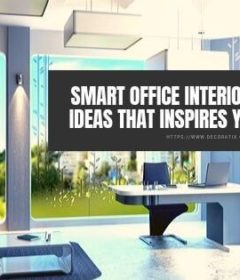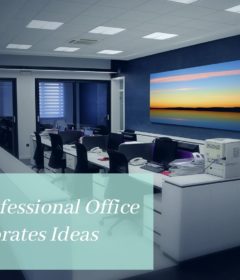All about Office Spaces – Elements To Make Office Space Better

An office space is a room, a block of a building where people works. More precisely, an office is a type of commercial building that itself contains area designed for work purpose. We spent a major part of the day in our workplace so, office design aspect is of great importance.
The basic purpose of offices is to provide a healthy work environment for the occupants for performing their respective jobs. An office can further be divided into different areas like workspace, meeting space and support space.
Classification of Office Spaces – Workplace, Meeting space and Support space
Workplace
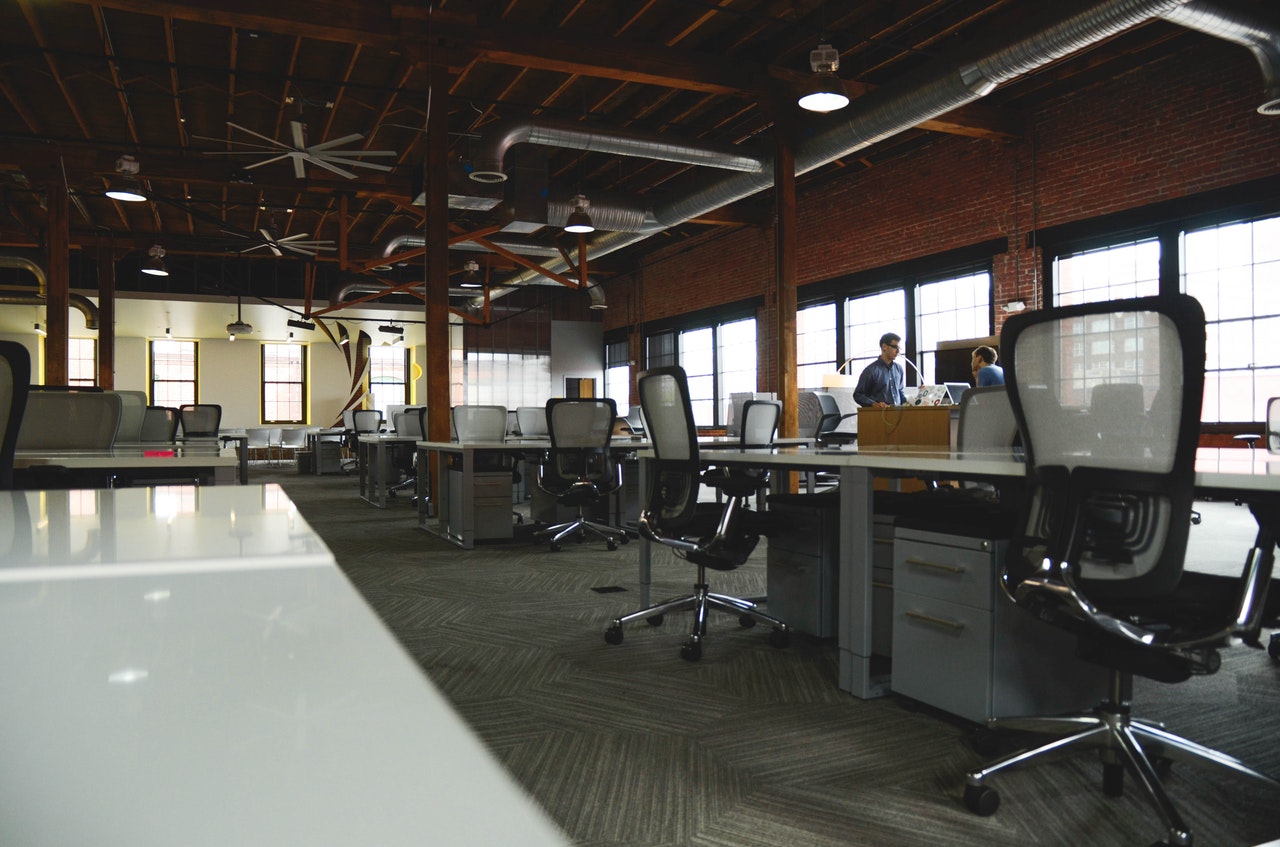
A workspace is basically an area where an organization’s routine activities are performed like reading or writing work, work involving computer/laptop etc. It’s further divided into certain categories like open office, cubicle, confidential room and so on. All these categories are actually meant for performing a task depending upon nature of work and, surrounding environment.
Meeting Space
To serve the purpose of interaction, the offices do also have a dedicated area that we can call a ‘meeting space’. A meeting space is a perfect space for some quick conversations and intensive brainstorming sessions. Like workspace, a meeting space can also be categorized further for e.g. small or large meeting room, small or large meeting spaces, a brainstorming room, and meeting points.
Both small or large meeting rooms are enclosed spaces meant for interaction purpose depending upon the size of people involved and mode of interaction: formal or informal.
Small or large meeting spaces are the spaces in any organization, meant for informal interaction only and, that’s too for a comparatively short duration.
Then, we do have brainstorming rooms where ideas generation activities are performed. Lastly, an office also has meeting points where informal impromptu conversation sessions take place.
Support Space
Office support spaces are the areas that are used for performing secondary activities. Some of the common examples of support spaces are filing and storage space, cafeterias, libraries, smoking room and, games room.

Some offices also have a pantry area which occupants use for preparing meals. While there are so many ways to arrange the office space, it mostly depends on the work culture, type of functions performed in the organization and, managerial hierarchy. Also, the requirements like lighting, security and networking infrastructure play a major role for a contemporary office design.
Elements of Office Space
As mentioned earlier, an office space is a place where we spend a major portion of our lives so, it will be a great responsibility on the part of the top management to provide a positive work environment, satisfaction for its employees.
Here are some components, which are of prime importance – office layout, lighting, color themes of walls, various spaces among offices like workspace, supporting spaces and of course the work environment.
Office Layout
The layout is the core element of any office space. There should be dedicated space for everything in your office irrespective of office size. While planning the layout make sure that space should be wide enough to accommodate the current workforce as well as for future requirements too. Do make sure that there is an ample space for refreshment and entertainment purposes for employees like couches, gaming area, kitchen etc.
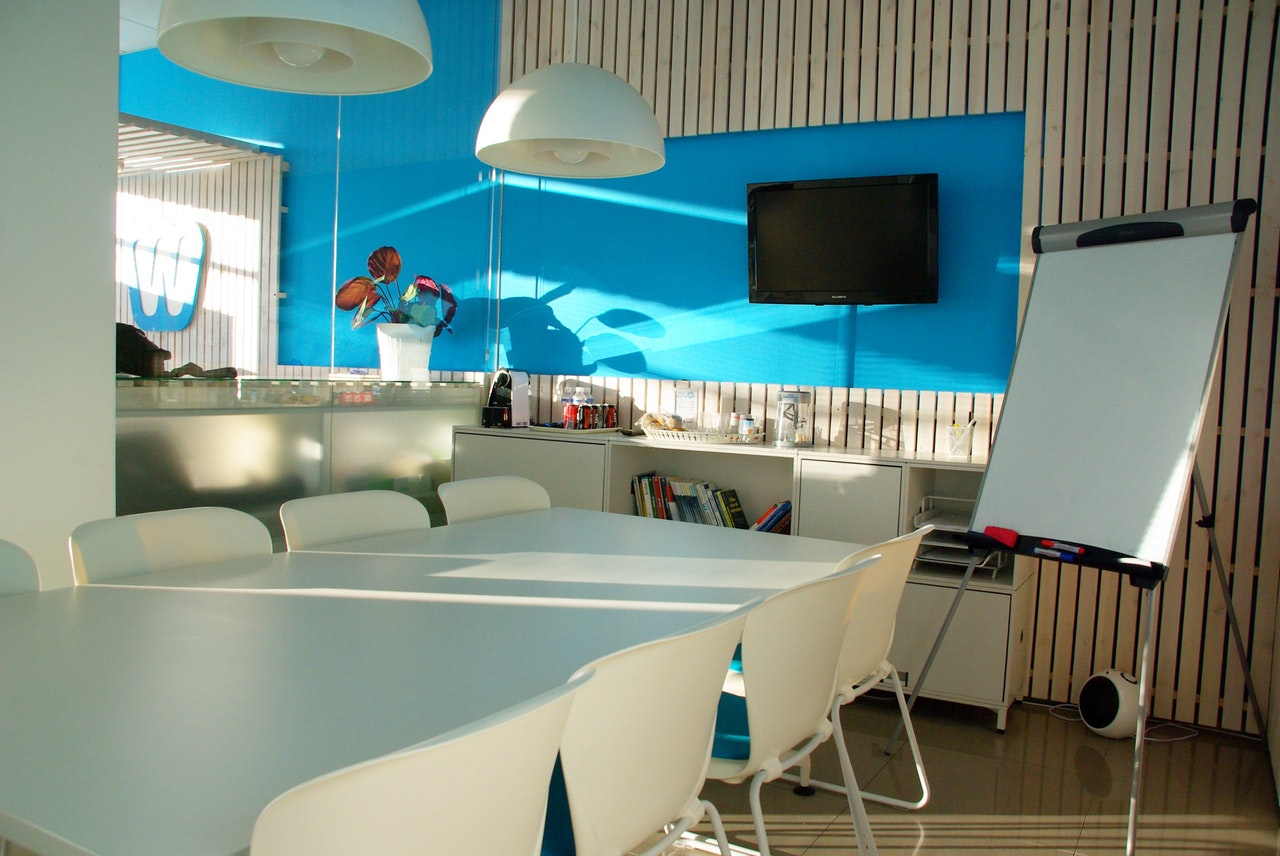
Considering office space layout and planning, there is one more aspect that needs to be taken care of. It’s been observed that wide big windows can be a significant contributor to ample lighting but, if your office is in busy city suburbs it will be a noisy affair. So, to ensure that the work environment should be quite enough, that one can concentrate easily on his or her work, allowing outside disturbances and, support internal communication at the same time.
Lighting
Lighting is another inevitable constituent of a modern office design. Light can influence the energy level, attentiveness of occupants of the office, enhancing their productivity. We need to make sure that both lighting sources whether natural lighting or artificial lighting should be done wisely. Wall openings of the office should be quite big so, that it encourages natural lighting during daytime. As for planning artificial lighting, make sure lighting design requirements should meet positively.
Walls Color Scheme
Colors of the walls do affect our emotions and behavior in a great way. There is a wide gamut of colors, each one with own significance in different contexts like human psychology, branding etc.
Research suggests, there are four colors primarily blue, yellow, red and green that impact our mind, body, and emotions. For e.g. blue color stimulate the mind and makes you more productive so, blue is the best color choice in corporate offices. Then we do have color yellow which induces creative juices inside you boosting your soul, making you more optimistic. Red color signifies strength and power, can particularly useful where physical efforts are required. Lastly, we have a green color that acts as a balance mechanism.
Office Furniture & Furnishings
Office furniture is an important element in office space, used for sitting and working, storing purposes mostly. Typical examples of office furniture include chairs, sofas, office desks, workstation furniture, filing sections and, cupboards.
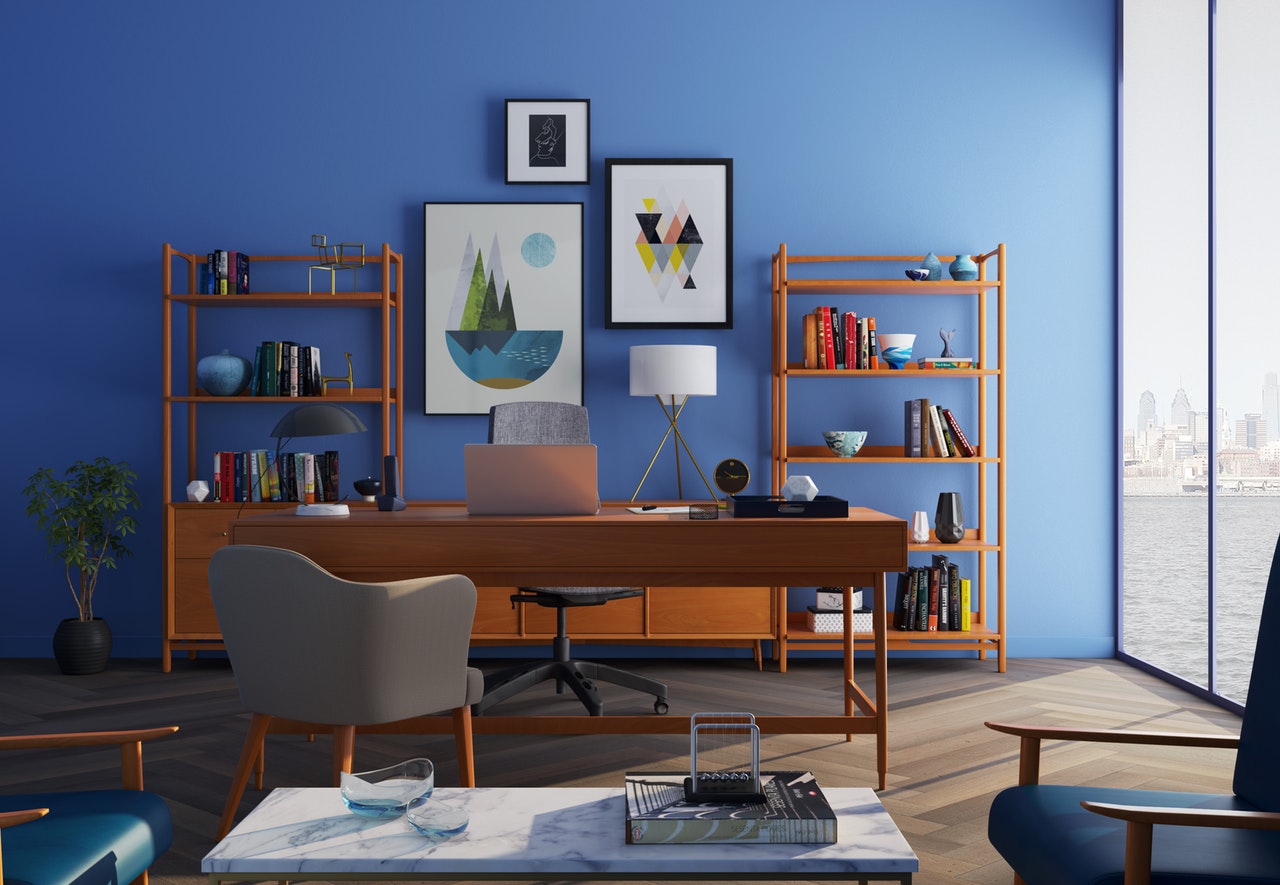
Office furnishings supplements the office furniture and improves the utility of associated space assigned. Some of the common examples of office furnishings include lamps, draperies, carpets, and rugs.
I hope you found this article informative and, enjoyed reading it too! Do share it with your friends, acquaintance if it’s worth a read.
FOLLOW US
